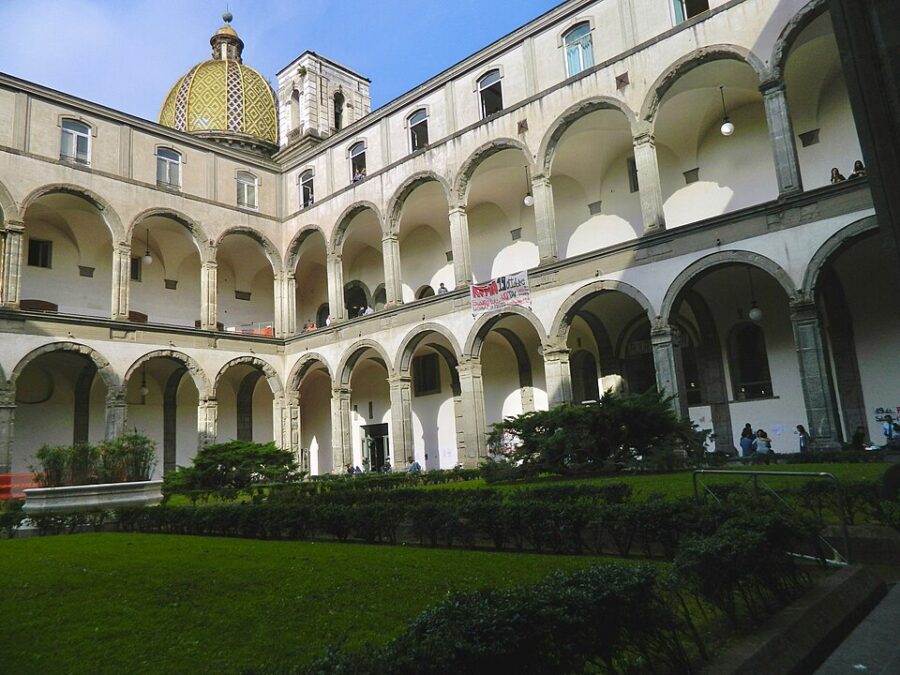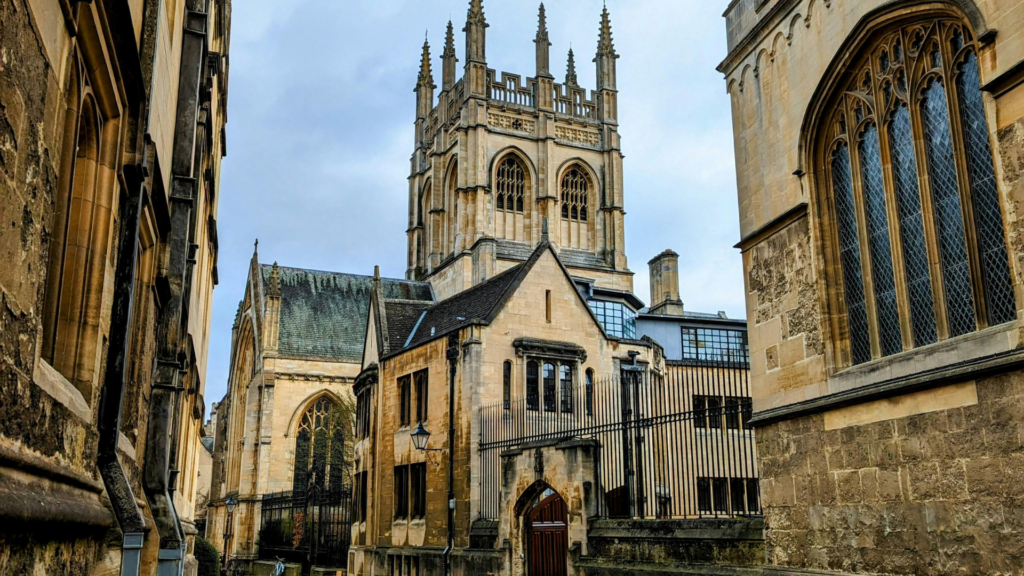 Formation and Structure
Formation and Structure
Medieval universities, which began to emerge in the 12th and 13th centuries, were foundational to the intellectual life of Europe. Institutions like the University of Bologna, the University of Paris, and the University of Oxford became prominent centers of learning and scholarship. These universities offered curricula based on the trivium (grammar, rhetoric, logic) and the quadrivium (arithmetic, geometry, music, astronomy), structured around faculties of arts, theology, law, and medicine.
Advancement of Knowledge
Medieval universities played a critical role in the advancement of knowledge. They fostered a culture of intellectual inquiry and debate, with scholasticism as the dominant method of teaching and research. Universities provided a space for scholars to engage with classical texts, develop new ideas, and contribute to fields such as philosophy, natural science, and theology. The dissemination of knowledge through lectures, disputations, and manuscript production helped to shape the intellectual landscape of medieval Europe.
Influence on Society and Culture
The impact of medieval universities extended beyond academia, influencing broader society and culture. Graduates of these institutions often became influential figures in church, government, and education. Universities contributed to the standardization of education and the development of professional disciplines, laying the groundwork for the modern university system. The intellectual and cultural exchanges fostered by universities also played a role in the Renaissance and the scientific revolution.
Conclusion
Medieval universities were pivotal in shaping the intellectual and cultural life of Europe. Their contributions to the development of knowledge, education, and society underscore their lasting impact on the history of learning and scholarship.
 The Birth of Higher Education
The Birth of Higher Education